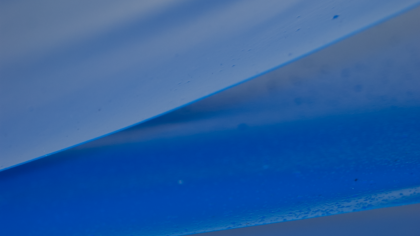Rethinking the individual human body

We are composite creatures of multi-species flesh. We are microbial entanglements with leaky edges. We are multitudes.
'the notion that one body might house one life, that a body is equal to a subject before the law, that bodies might ever be intelligible out of the contexts and situations that create them, or that bodies are primarily human, is disintegrating before our very eyes.'
Bodies of the Now : Feminist Values in Posthuman Times by Cecilia Åsberg and Astrida Neimanis
Looking at the messy entanglement of vegetal ecosystems, other-than-human organisms, our unseen microbes and our selves starts disrupting opposing binary ideas of nature/ culture, wild/domestic, infected/pure, animal/ human. Many of Haraway’s texts grow around these disruptions and the acknowledgment that 'we have never been (only) human.' [1]
It becomes 'impossible to think in terms of individual human bodies, as these bodies are emergent entities formed through the co-evolution of more-than-human agencies.' [2] This merging and blurring of bodies can be seen in composite organisms such as lichen (fungi and algae) and I’ve fallen in love with these ancient beautiful organisms, their many different forms, their resilience and the symbiotic relationships they display. This symbiosis, growing together with and seeping into each other, can suggest ways to evolve and adapt. In Queer Theory for Lichens, David Griffiths talks of how lichens can help us rethink ideas of the individual human body and explores the creative force of symbiosis.
‘For example, certain animals have acquired photosynthetic symbionts, just as have the fungal partner in lichen symbioses…. Examples include the green sea slug Elysia viridis, whose ancestors ingested green algae, which now permanently reside in the slug’s tissue. Adult green sea slugs do not gain their energy from digestion, but rather from sunlight, in much the same way as plants do.’ [3]
→ Symbiogenesis - refers to a long-term stable symbiosis that leads to evolutionary change.
 |
In Bodies of the Now : Feminist Values in Posthuman Times, Cecilia Åsberg and Astrida Neimanis talk about this deconstruction of individuality, autonomy and self-possession and how 'we have been taught to understand bodies as first and foremost human, but also as discreetly contained in a zipped-up skin.' However there is a porosity and leakiness to our watery bodies. 'Becoming human [is] an interspecies collaborative project; we become who we are in the company of other beings’ says Deborah Bird Rose.
How might we embrace the thinness between ecologies so as to let vegetal intelligence seep in? How might material thinness develop new assemblages of bodies?
In The Synthetic Sacred, Lucy Rose Sollitt talks about how 'thinness points to the sacred and our leaky relationship with what’s at the edge of understanding and rational'. She also talks about how the assemblages of bodies are becoming new hybrids with the inclusion of synthetics such as microplastics being found in the body.
'The porosity of the material borders between the synthetic and organic are thin and they are getting thinner. These developments raise questions about what constitutes life, consciousness, and intelligence as well as what futures are being ushered in.' [4]
[1] Donna Haraway, The Cyborg Manifesto
[2] David Griffiths, Queer Theory for Lichens
[3] David Griffiths, Queer Theory for Lichens
[4] Lucy Sollnitt, The Synthetic Sacred





